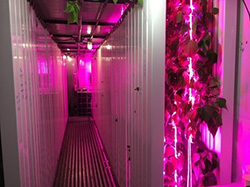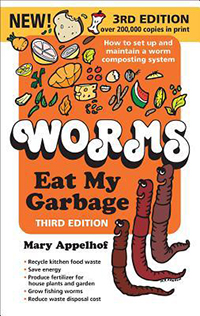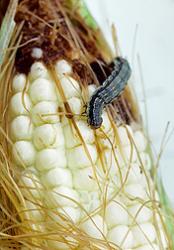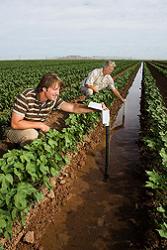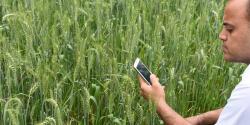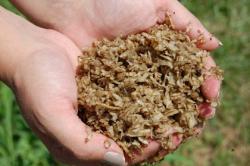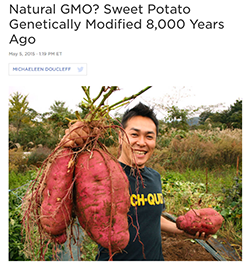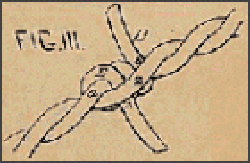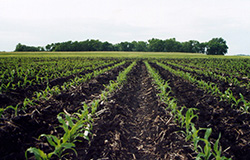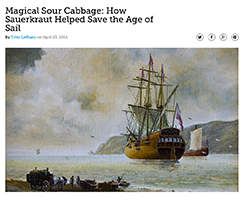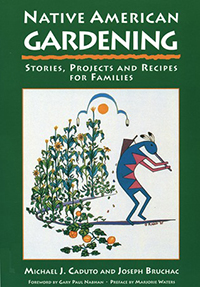
Native American Gardening
This book provides stories, projects, and recipes that can easily be adapted for use in the classroom. Native American Gardening brings the magical world of stories together with the nurturing experience of gardening. Native stories lay the groundwork for understanding, while hands-on activities show readers how to continue the work of generations of Native farmers.

